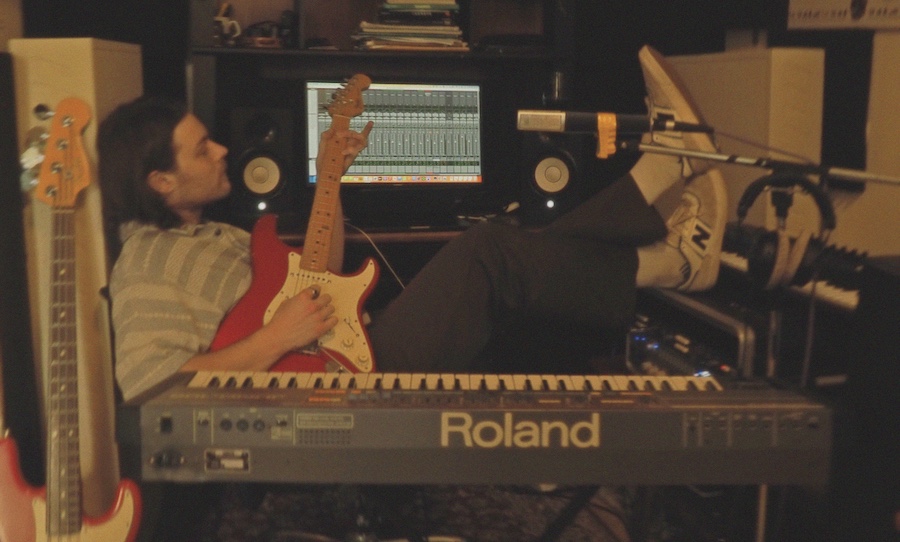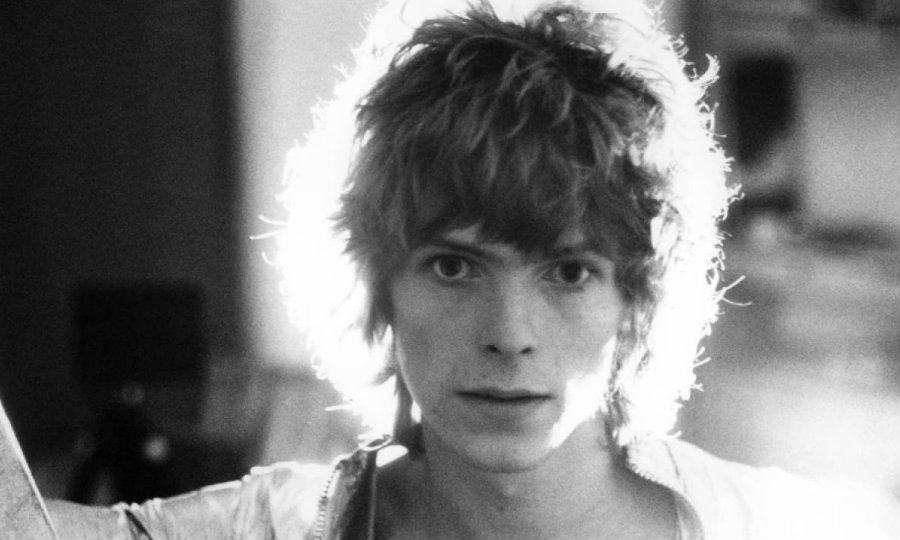David Bowie was always considered ahead of his time. Rising amongst cultural movements which worshipped life’s most co-dependent charms – sex, drugs and rock and roll – the chameleonic singer/songwriter captured isolation as his muse, exploring the transformative and hallucinogenic impact it had upon the human psyche.
However, as the world locks its doors to protect the greater good, the extent of David Bowie’s transcendent artistic ethos can be appreciated on another level.

From Space Oddity to Blackstar, David Bowie was not simply fascinated by the transformative impacts of isolation. The phenomenon framed his entire creative output.
In a 1979 interview with Mavis Nicholson from Afternoon Plus, Bowie eloquently explained his affinity towards experiences of alienation.
“Thematically, I’ve always dealt with isolation in everything I’ve written. So it’s something that triggers me off and always makes me interested in a new project if it’s anything to do with alienation and isolation.”
“If you’re interested in isolation, is it because you think a person in a isolated state feels greater emotions than they do when they’re surrounded by people?” Nicholson asks.
“I think if he is in isolation, instead of receiving the whole world as his home, he tends to create a micro-world inside himself. And it’s that peculiar part about the human mind that fascinates me, about the small universes that can be created inside the mind. Some of them fairly schizophrenic and quite off-the-wall.”
During his childhood, Bowie was continually faced by the spectrum of emotional alienation and detachment kindled by mental illness. Stalked by a sense of disconnect in his youth due to his long family history with schizophrenia, Bowie lived his life haunted by the the possibility of his own diagnosis, particularly following the suicide of his half-brother. An emotional occupation well documented in his 1993 track Jump They Say.
To many, this potential and fear would be immobilising. However, to Bowie, a man quoted by his contemporaries as one who “lived dangerously”, this transformed into an intrigue.
“Do you feel isolated though?” Nicholson asked the singer back in 1979.
“Not really, but I can quietly imagine what it must be like to feel isolated,” Bowie replied. “So I often put myself in circumstances or positions where I am isolated just so I can write about it.”
Throughout his life, the English songwriter actively sought out ways to alienate himself, most of which helped foster his eclectic artistic persona. He moved between Cold War ravaged Berlin, Japan, and his much-loathed Los Angeles as a way to detach himself culturally, linguistically, and physically from his circle. He pursued solitary characters in film and theatre, employing on-stage alter-egos in order to distance himself from his art, actively defying the mainstream from the beginnings of his career.
Bowie was quoted by those closest to him as constantly “playing with the idea of self-destruction.”
These experiences all culminated into his some of his most influential work. Whilst appearing as an undeniable affirmation of hope, Heroes documents the microcosmic imaginations of the solitary in Cold War Berlin. An allegory for the mainstream’s initial rejection of his artistic reach, Starman tells the story of a man compelled to insulate himself his potential, well aware of his temporal disconnect from society – a concept also developed in Changes.
Space Oddity captures a more literal alienation, depicting Major Tom’s resolution as he drifts into the void. All concluding with the haunting Blackstar, narrating the dizzying solitude Bowie experienced towards the closure of his life as he reconciled temporality and existence.
However, Bowie’s real genius lay in the way he sonically camouflaged and allegorically unravelled these desolate experiences in his music. Hence why some fans fail to recognise this underlying motif throughout his entire catalogue. He was able to transform alienation, the most overwhelming existence known to mankind, into a universe within which all of life’s complexities reside. Allowing decades of audiences to find harmony in his songs through familiarity, and allowing himself to process a premonition of his own life.
This process can be found even more candidly in his hundreds of paintings, a recreation which Bowie enjoyed from his time at Bromley Technical High School to the final moments of his life. When asked by Nicholson why he had turned down so many offers for showings, Bowie replied: “I haven’t yet bucked up the courage.”
“They’re very personal to me as well. They’re all portraits of people, and they’re all portraits of people in isolation. Most of the paintings are Germans or Turks who live in Berlin, and they’re either from East Berlin and who are now living in West Berlin and know their families are living on the other side of the wall. So I try to capture a lot of that that isolation, and I try to put a lot of myself into the paintings as well. They’re very much apart of me.”
Nicholson then turns the conversation towards Bowie’s ability to balance this artistic canvas with something as relational as falling in love, which she then uses as a springboard to curtly question his bi-sexuality, like many interviewers throughout the ’70s and ’80s would.
Bowie focused his life’s creative output to quell humanity’s fear of isolation, exposing it for its true material form. It is in isolation that the triteness of reality is fully realised, overcoming the senses to such an extent that its recipient turns towards a fabricated reality as a means of respite. Bowie correlates this state of being to the fabric of our entire existence, arguing that it is what makes us uniquely human and it should be admired for its driving beauty, not cast aside.
As the pandemic lingers on, each of us will undoubtedly experience the reality of scaling back our entire worlds into the four walls of our homes. However, as the full immaculacy of his life’s work has finally come home to roost, we can use Bowie’s art to find a more primitive beauty in this time. Coming to terms with the essential emotions and reality which drive our being, and how they inform the way we navigate our lives and the world.
Over 50 years since the beginning of his career, it seems that the world has finally caught up to David Bowie.
Check out the full interview below:


